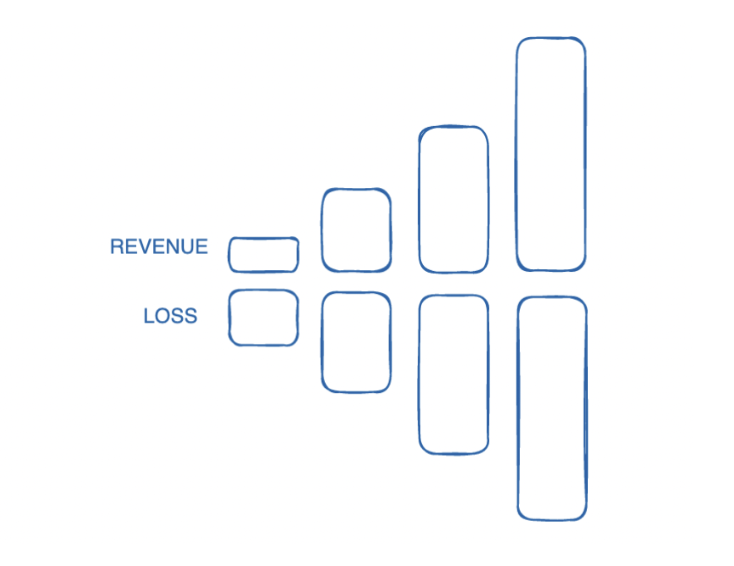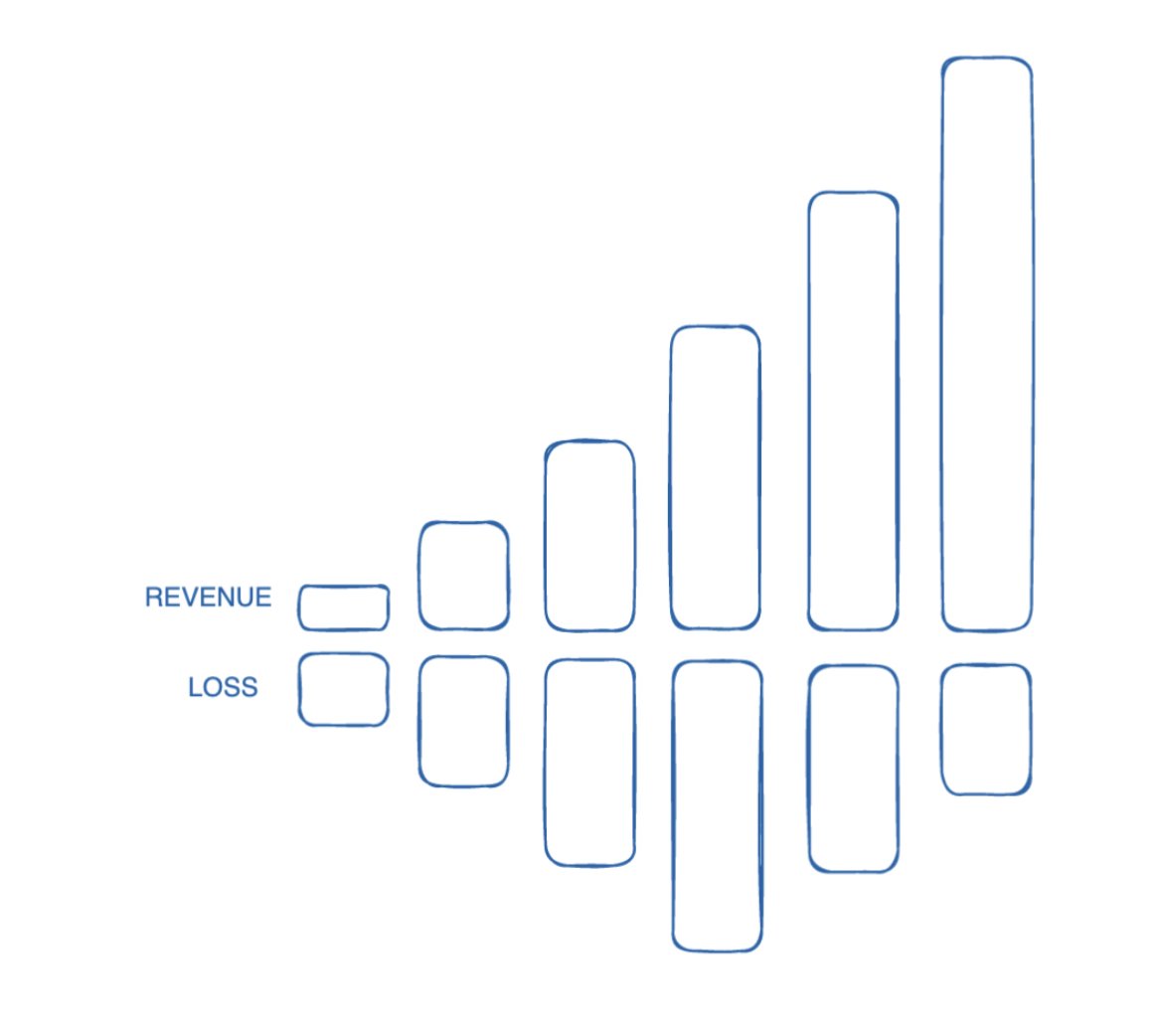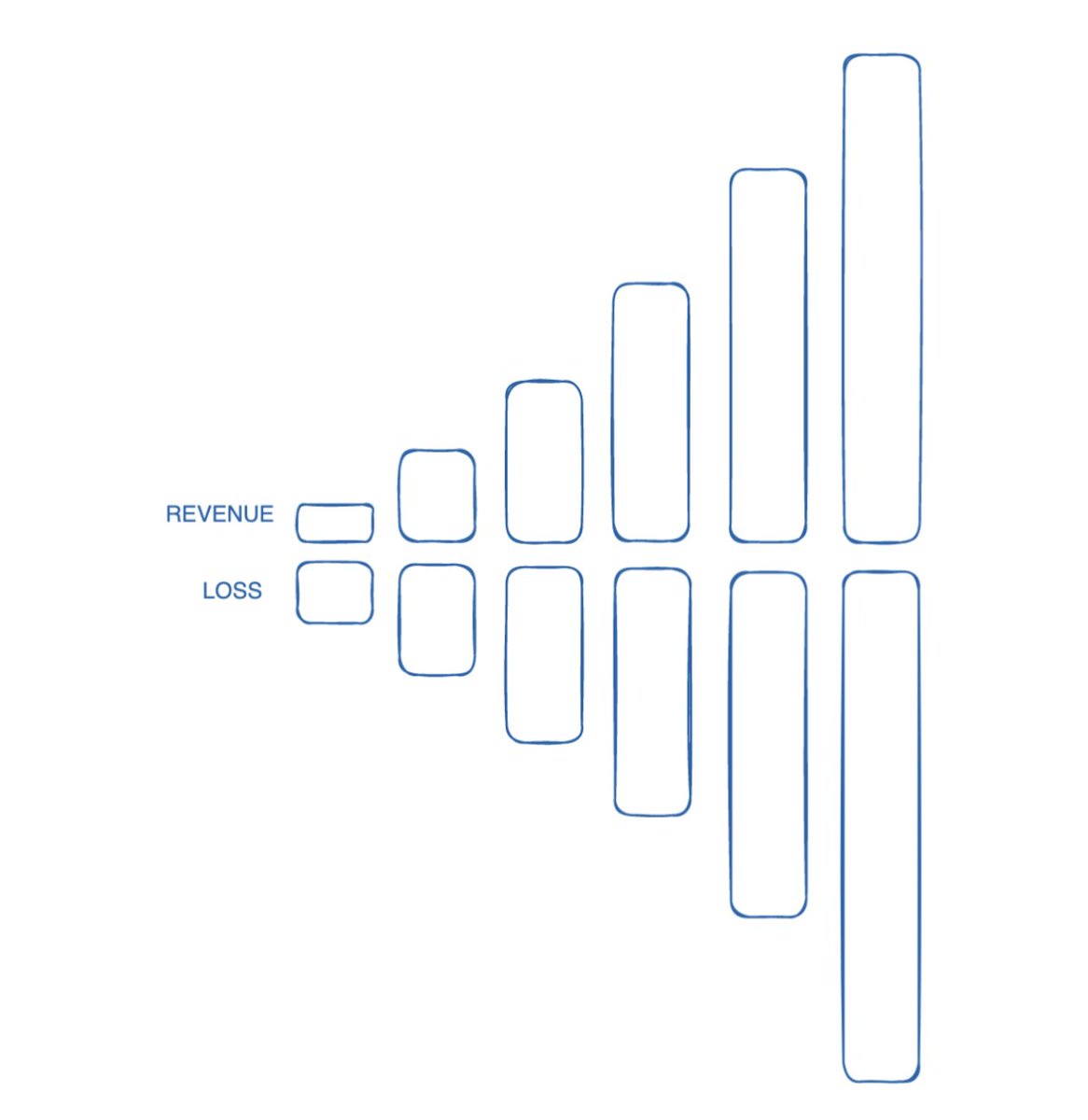
Matt Slotnick (traveling CRM salesman, in nyc)@matt_slotnick
Jan 23, 2023
16 tweets
seeing a lot of confusion around why layoffs are happening at companies with a lot of cash on the balance sheet. at the risk of getting roasted... here's a TLDR, for both public and private companies
in 2020 and 2021 the way to create shareholder value was to grow topline. regardless of the quality of revenue, software revenue was being valued at between 30x-100x run rate
smart investors know that not all revenue is equal... and they know that very few software businesses actually have the characteristics to drive meaningful cash flow at scale
because meaningful cash flow at scale requires a high margin product, high retention, and an ability to upsell and cross sell to drive increasing LTV. once you land, you need to expand share of wallet, continuously. for decades
many software categories fundamentally cannot ever support a company with these characteristics. history tells you this... but we forget!
so people put a lot of money into companies that were growing like this…
with the expectation that if you just grew topline fast enough, it would inevitably become this…
when in reality a lot of these business are destined to look like this
so now that the illusion of the inevitability of cash flows at scale is shattered, investors are looking for proof of operating leverage sooner
which is why layoffs are happening, regardless of the amount of cash on the balance sheet. management needs to prove that adding incremental spend drives marginally more return.
it’s a reset on what it means to be a steward of investor capital
this then trickles down to startups... who are now also being asked to show proof of operating leverage. that is why a startup with hundreds of millions on the balance sheet might be aggressively cutting costs
investors aren’t willing to fund what is now often a bridge to nowhere — you need to show signs that when you get to the other side of that bridge, there’s going to be cash flow
this involves proving more than just “can you build an operating model.” it involves proving your product, your category, and your GTM model
unfortunately, a lot of companies and investors are going to find that they’re in markets that simply do not support the size or profile of business that their investors were underwriting to...
which is when things get really messy. and burying your head in the sand isn't going to help
so, the moral of the story is: it's in everyones best interest to figure out what's on the other side of that bridge ASAP.
and if it's not cash flow, you need to reconstruct the bridge to go elsewhere. free flowing investor capital used to support that bridge. it won't anymore

Matt Slotnick (traveling CRM salesman, in nyc)
@matt_slotnick
crm influencer (derogatory) @poggio_labs
Missing some tweets in this thread? Or failed to load images or videos? You can try to .


